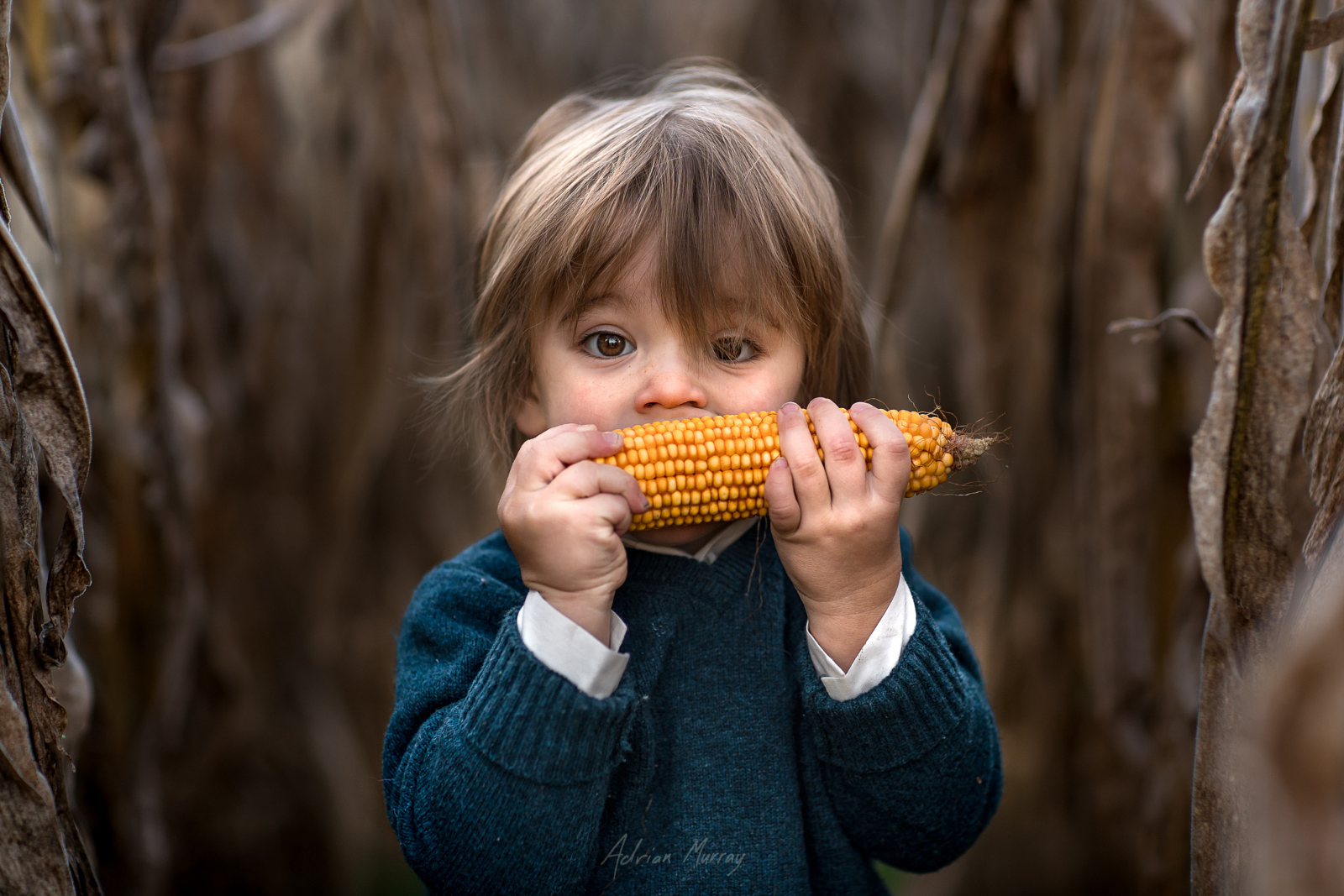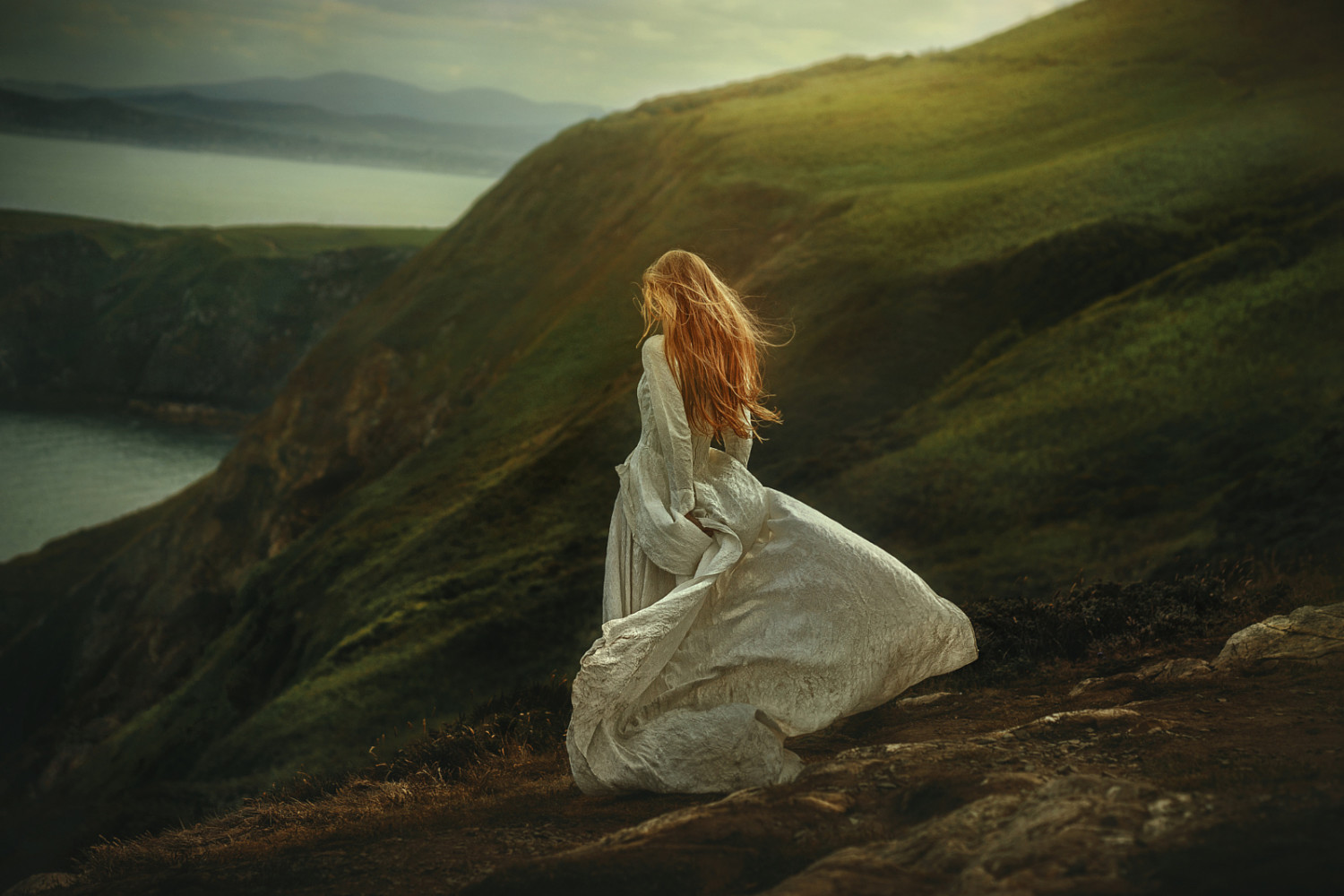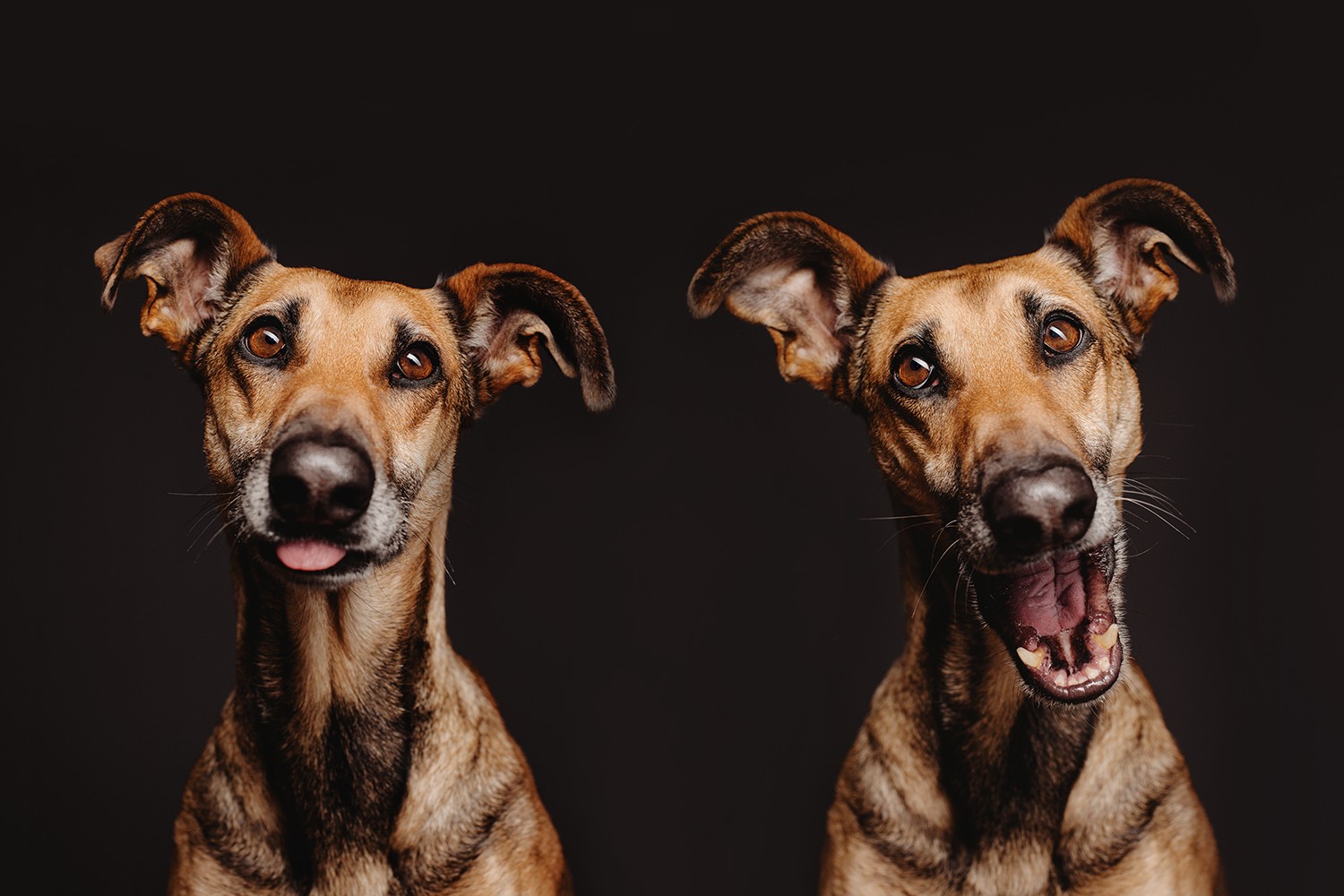Adrian Murray is a father, dental student, and talented family photographer whose photos of his two boys (and now a little girl!) have made him a household name in family photography and portraiture.
For the last month, Adrian has been testing Sony’s newest flagship full-frame mirrorless camera, the A7Rii; and fortunately for us, he’s letting us share his review right here on 500px ISO!
You can see more from Adrian on 500px, his website, Twitter, and Facebook. This post was originally published on Adrian’s blog, and is being republished here with express permission.
It’s been a couple of months that I’ve been using the highly praised A7Rii, and it is about time I give my review on Sony’s latest flagship device.
It was herald as one of greatest cameras on the market. With 42 megapixels, squeezing out low-light performance like a Canon 6D, fantastic dynamic range, in-body image stabilization, and, to top it off, super-fast autofocus that is supposed to rival DSLRs… even with Canon built lenses!
Well, we must remember that marketing is a game that everyone plays. While a lot of what Sony has done is pretty remarkable, it’s not all rainbows and butterflies when it comes down to the bottom line. I’m going to go over the real world usability of this camera while talking about many of its pros and some of its definite cons.
Some things I won’t be talking about are the fine details about uncompressed vs compressed RAW files, or which adapters work best with which lenses, or any kind of pixel peeping. These have all been covered ad nauseam in previous reviews. I’d like to give my own perspective as a portrait photographer and what I’ve seen in my time with the camera.
Autofocus
Let’s start out with the giant elephant in the room: one of the things I was sold on when I heard about the A7Rii was its ability to really use Canon glass and compete with Canon bodies in regards to autofocus.
As some of you know my primary subjects are little toddlers, and they stay still for no one—which is why I need at least half-way decent autofocus. Fortunately, I already had my Fotodiox adapter from my original A7R and was able to test out Sony’s marketing claims.
I used the Canon EF 85mm f/1.2L II and the EF 50mm f/1.2L for the vast majority of my shooting. The speed and accuracy was a huge improvement over the previous contrast detection in the A7R. I was pleased. I was so pleased that I put down my 6D for a while and stuck with just the Sony. It was great!
That remained true until I put those lenses back on a Canon body and remembered what it was like to nail focus on every single shot… I wish that Canon-autofocus was in-line with Sony’s claims, but alas, they’re just not there yet.
I’ve also recently snagged a copy of the Metabones adapter since their latest update allowed the use of my Canon EF 135mm f/2L. If I wanted something similar for the Sony with their own glass, I would have to pay $1,800 plus the cost of the Sony adapter, whereas you can grab a copy of the Canon 135mm for under a grand and the Metabones adapter for $400—it was a no brainer. Especially since I already had a copy of that lens.
I will note that it took some effort to get a working copy of that adapter. My first purchase ended up where the aperture wouldn’t get a signal from the camera. I sent it back in and got a replacement. The replacement is fine, except that the firmware update is extremely picky about what cord you use to do the update. I had to be sure to use the USB cable that came with my Sony, not one that I got in the store. So if you go this route, do not lose that cable!
After I placed the Metabones adapter on I noticed that all of my lenses worked fantastically! Especially my 135mm! It was locking focus nearly instantaneous; and accurately at that! Although the setup does struggle when the subject approached a lens’s minimum focal distance.
While we are on the topic of autofocus, I would like to discuss how well it worked with a native FE lens, the 55mm f/1.8.
I tried to give the Canon lenses such a good go that I pretty much forgot I even had a native lens for this camera. With the native lens screwed onto the front of the camera, the autofocus truly shines.
I was able to treat the camera as if I was using my full-fledged DSLR, with just a few differences. The lens itself is silky smooth when using manual focus, though it is electronically driven so it doesn’t stop at the minimum focal distance or infinity like a regular lens. The barrel keeps turning. This isn’t just a feature of these lenses, it’s also a feature of the Canon EF 85mm f/1.2L.
The main difference between the Sony lens and my usual DSLR lenses is that its focus was dang near silent. I could barely tell the elements were moving if it were not for the slight vibrations I could feel from holding the camera. A lot of you may be asking why even mention how native lenses work when Sony doesn’t have a large lens lineup for the E-mount; however, they’ll soon announce the roadmap for 8 new lenses, and I think that this will help level the playing field with the likes of Canon and Nikon.
It’s also *rumored* that they’ll be announcing an 85mm f/1.4 lens very soon.
Where this camera has difficulty in regards to focus is when the light is fairly low. It struggles with both accuracy and speed. This is expected with any camera; however, it seems a little exaggerated on a mirrorless body.
Low Light Performance
One thing I love about the Canon 6D is its ability to shoot at relatively high ISOs with minimal grain or loss of much dynamic range. The 6D can’t even remotely compare to something like the A7S, but it still holds its own in low light situations.
When I read that the A7Rii’s backlight illuminated sensor allowed it to achieve similar low light performance with twice as many pixels as my 6D, I knew I needed to see it for myself.
After a while shooting with the A7Rii, I did not get too many opportunities to use it at extremely high ISOs. I try to avoid going too high for obvious reasons, but I did notice that even at an ISO of 3200 the files were still on par with my 6D files at a similar level, with just a couple of significant differences: significantly higher image quality (probably due to the increase in resolution), and improved dynamic range.
The focus is notably slower in these types of environments, but that’s expected with most cameras. Bottom line, I think a wedding photographer could very easily use the A7Rii as a secondary camera, but I probably wouldn’t trust it as a primary camera in low light, since an electronic viewfinder (EVF) can be very limiting in darker environments.
The Files
This is one of the areas where Sony shines bright in a lot of respects and struggles in just one or two specific uses.
First off, you’re getting 42 million pixels. This is huge, since an 8×10 print can be done nicely with a mere 8 million. Sony didn’t dive really heavily into the megapixel war with Canon and their 51mp beast; however, they managed to pack in fantastic low light shooting on top of that amazing resolution. This, for me, is worth the sacrifice of a few million pixels. If you’re an astro-photographer, you’d probably agree.
One area where Sony has taken a lot of grief is their compressed lossless files where they’re only giving you an 11 bit file as compared to the usual 14 bits you get with Canon or Nikon. Recently, Sony has allowed you to ditch their compression, thus giving you back the unfettered 14 bit files. The problem? These files are 80+ megabytes!
The benefits I’d gain from these files just isn’t worth the cost of storage space, so I’ve stuck to the compressed RAW files. Each file is pretty much the same size at around 40Mb. This is much more manageable.
Dynamic range is something Sony trumps Canon on. Period. If anyone says differently, they’re lying to themselves.
This is an area that many photographers love to utilize since digital sensors struggle in compositions with dark shadows and bright highlights. It’s nice to be able to have greater control of these areas without the need for bracketing (shooting multiple images at different exposures and blending them together to create an HDR file). This is especially true for portraits since you can’t really bracket a portrait image.
I didn’t struggle with dynamic range on my Canon, but it’s nice to be able to push the files further without gaining any grain in the shadows.
Ergonomics
I should preface this section with the fact that I’m a 6 foot 2 guy with large hands. Why does this matter? Because handling a mirrorless system with larger hands might be a trial for some. Fortunately, I’m also a dental student, and working in confined spaces is somewhat a job requirement.
If you’re not going to be switching settings every two seconds, having a small camera body is not a large problem since you really only need to focus on one or two areas on your camera (primarily the shutter release button). Once you get used to your custom configuration the layout of the switches, toggles, and buttons is actually fairly intuitive (for me). I love being able to have three dedicated wheels to ISO, shutter speed or aperture. I shoot in manual 99.99% of the time so this is a huge benefit.
There is, however, one very large (and obvious) disadvantage to having a small camera body: large lenses.
Something you can not avoid when shooting with a 35mm sensor is that many of the lenses I prefer are fairly hefty in comparison to the actual camera. When I have the 85mm f/1.2 screwed on I pretty much treat the setup as if I were using a large telephoto lens (such as a 200mm f/2L) on a DSLR: I hold the lens as opposed to holding the camera.
While this isn’t a large issue, it does make for some fairly awkward ergonomics when you’re actually shooting.
Overall Impression
Is this camera meant for the pro or for the enthusiast? I think this is a short-sighted question.
Not everything is black and white in the world; this is especially true in the world of photography. I find that this camera is more than capable to be used for many situations. Landscapes in particular would benefit from this camera compared to its predecessors. Though, since the majority of my portfolio is centered around portraits, I’ll also say that this camera can easily be used for those shooting people.
I personally like the A7Rii because I can carry it with me as a “dad with a camera” and no one automatically thinks I’m any kind of a professional. I also really love being able to have dense files with plenty of dynamic range.
Is this camera for everyone? No… but then what camera is? The perfect universal camera will never exist since we are all different and all have different preferences. Sony, however, has made a very capable camera that can easily fit in my glove box and sometimes a jacket pocket (assuming I’m not using some monster of a lens).














Leave a reply